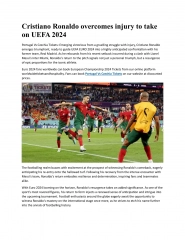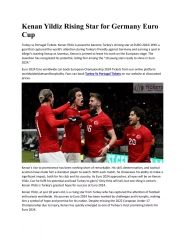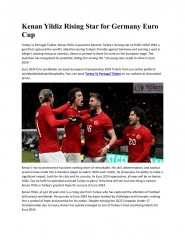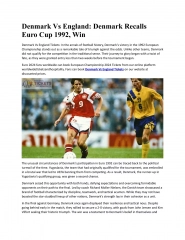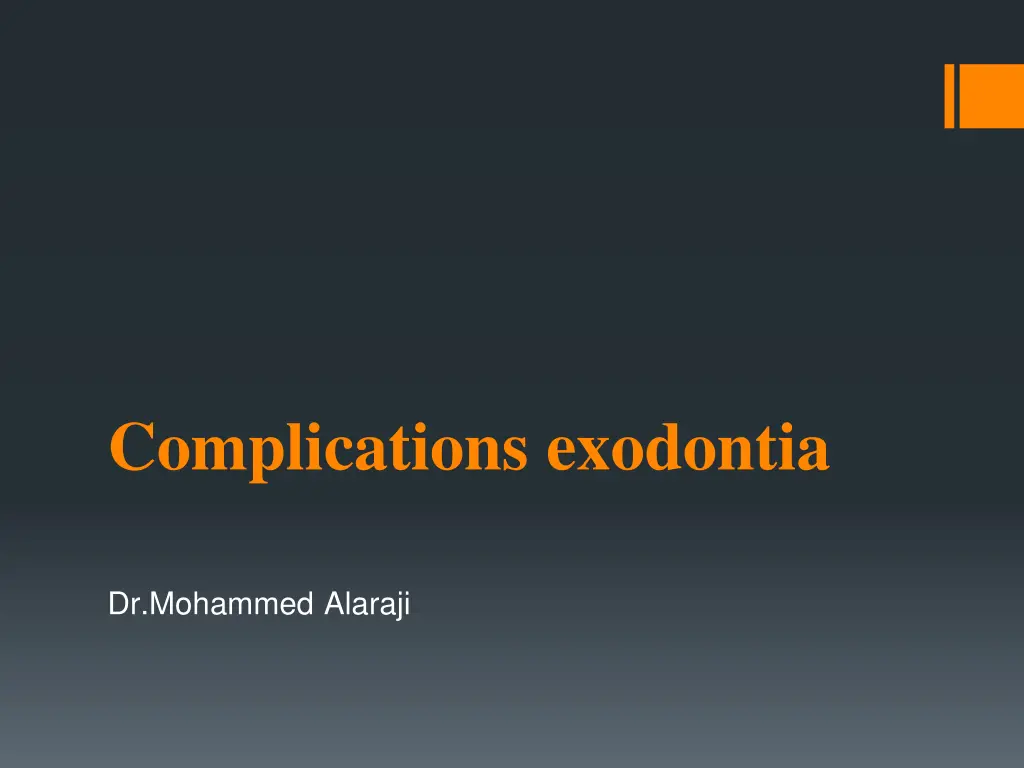
Potential Complications of Tooth Extraction Explained by Dr. Mohammed Alaraji
Learn about the potential complications that can arise during or after a tooth extraction procedure, including failure to secure anesthesia, tooth fractures, excessive bleeding, and more. Understand the causes and how dentists can address these issues effectively to ensure successful outcomes. Dr. Mohammed Alaraji provides valuable insights and guidance to handle such complications with care and expertise.
Download Presentation

Please find below an Image/Link to download the presentation.
The content on the website is provided AS IS for your information and personal use only. It may not be sold, licensed, or shared on other websites without obtaining consent from the author. If you encounter any issues during the download, it is possible that the publisher has removed the file from their server.
You are allowed to download the files provided on this website for personal or commercial use, subject to the condition that they are used lawfully. All files are the property of their respective owners.
The content on the website is provided AS IS for your information and personal use only. It may not be sold, licensed, or shared on other websites without obtaining consent from the author.
E N D
Presentation Transcript
Complications exodontia Dr.Mohammed Alaraji
Complications can arise: during the procedure of extraction . may manifest themselves sometime following the extraction, so we have ((immediate complications and post-operative one)). All these complications arise from: A-error in judgement, misuse of instruments, B-exertion of extensive force or from anatomic causes or factors. By careful diagnosis and planning of the procedures many complications can be exercised, so that the dentist or the oral surgeon should be qualified to deal with each complications successfully.
1) Failure to secure anesthesia. 2) Failure to remove the tooth with either forceps or elevator. 3) Fracture (#) of:Crowns and roots. Alveolar bone. Maxillary tuberosity. Adjacent or apposing tooth. Mandible. 4) Dislocation of the tempro-mandibular joint (T.M.J.): 5) Displacement of a root into the soft tissue and the maxillary antrum. 6) Excessive bleeding after extraction: 7) damage to the surrounding soft tissues. 8) post-operative pain: 9) post-operative swelling: 10) The creation of an oro-antral communication. 11) Trismus. 12) Syncope (fainting)
Failure to secure profound or good anesthesia may be due to: A. Faulty technique. B. Insufficient dosage of anesthesia. C. Expired anesthesia. D. The presence of acute infection.
2- Failure to remove the tooth with either forceps or elevator
. Failure to remove the tooth after applying a reasonable amount of force without movement or yielding of the accused tooth need further clinical and radiological evaluation, because the tooth may be need surgical extraction.
A. Crowns and roots. B. Alveolar bone. C. Maxillary tuberosity. D. Adjacent or apposing tooth. E. Mandible.
A-Fracture of crowns and roots:- The factors that may lead to fracture of crown or roots may be classified into three groups: 1. Factors related to the tooth itself. Means that the tooth may be badly carious, or heavily filled, brittleness of the tooth due to age, or non-vitality, root canal filled tooth. 2. Factors related to the bone investing that tooth. Means the surrounding bone might be excessively dense or sclerotic due to localized or systemic causes 3-Factors related to the operators Includes improper application of the beaks of the dental forceps or elevator on the tooth to be extracted; like the placement of the beaks of the dental forceps on the crown instead of the root or below the cemento-enamel junction, also the beaks are not parallel to the long axis of the tooth, also the use of wrong type of forceps. Incorrect application of force during extraction by wrong direction in addition to that the use of twisting or rotational movement when not indicated like the use of twisting movement in extraction of upper 1st premolar or upper 1st and 2nd molar .
B- Alveolar bone fracture Fracture of alveolar bone frequently occurs when extraction is difficult. The fractured bone may be removed with tooth to which it is firmly attached or it may be remain attached to the periosteum or it may be completely detached in the socket or wound.
It is a common complication that especially occurs on labial (buccal) area during extraction of upper canine and upper and lower molar teeth. This complication might be due to: - 1. The alveolar bone is very thin. 2. Accidental inclusion of the alveolar bone within forceps blades. 3. Configuration of the roots. 4. The shape of the alveolus. 5. Pathological or physiological changes in the bone itself like Ankylosis (bony connection between the tooth and bone), the presence of destruction in the alveolar bone due to the presence of discharging sinus.
C- Maxillary tuberosity fracture: Sometime the tuberosity is completely fractured when we try to remove maxillary 3rd or 2nd molar. Fracture of maxillary tuberosity may lead to a wide opening into the antrum called Oro-antrum communication with irregular tearing in the covering soft tissue lead to profuse bleeding and post-operatively may lead to difficulties in the retention of upper denture. This complication might occur if : 1-the molar tooth to be extracted is isolated and subjected to full force of bite leading to sclerosis of the surrounding bone 2-due to downward extension of the maxillary sinus to the nearby edentulous alveolar bone or due to large abnormal size of the maxillary sinus extended to involve the tuberosity. 3-the use of excessive force or wrong positioning of the elevator in the extraction of upper 3rd molars
D-Fracture of the adjacent and opposing tooth Adjacent teeth occasionally may be damaged during extraction procedures, this may include loosening or dislocation or fracture of the adjacent teeth. This mishaps occur mostly due to : A-careless use of the dental forceps or elevator by wrongfully using the adjacent tooth as a fulcrum during the use of elevator . the application of the beaks of dental forceps, also fracture of the crown of adjacent tooth or fracture and dislodgment of its filling. In addition to that opposing teeth may be chipped or fractured if the tooth being extracted yield suddenly to uncontrolled force of the forceps striking the opposing tooth leads to this complication.
E-Mandible fracture: This is a rare complication, but it might occur almost exclusively with the surgical removal of impacted lower third molar tooth. A mandibular fracture is usually the result of the application of a force exceeding that needed to remove a tooth and often occurs during the use of dental elevators(winters elevator), but sometimes pathological or physiological changes may lead to weakened mandible like: - 1. atrophy and osteoporosis of the bone. 2. Osteomyelitis e.g. osteoradionecrosis. 3. Cystic lesion. 4. Impacted teeth. 5. Tumor, benign or malignant.
Exertion of high amount of force during extraction of lower teeth especially posterior teeth may lead to dislocation of the condyle of the mandible and the patient becomes unable to close his/her mouth, especially in patient who had a history of recurrent dislocations in TMJ. if this dislocation occur it should be reduced immediately by the operator by standing in front of the patient and his thumbs placed intraorally on the external oblique ridge lateral to the molar teeth and other fingers outside the mouth under the lower border of the mandible, downward pressure with the thumbs and upward pressure with the other fingers may reduce the dislocation, if reduction is delayed it become difficult to reduce it because of muscle spasm and the patient may need general anesthesia to reduce the dislocation, , so supporting the mandible during extraction prevents such complication.
5. Displacement of a root into the soft tissue and tissue spaces and the maxillary antrum: -
During extraction especially on use of elevator, a root or piece of root may be dislodged into the soft tissue through a very thin bony plate overlying the socket and disappear buccally or lingually into the soft tissue between periosteum and bone in the vestibule, but sometimes a root or even a tooth may be displaced into the tissue spaces surrounding the jaws e.g. a retained root in the lower molar teeth may be displaced into the sublingual or submandibular space or e.g. upper third molar may displaced into the infratemporal space.
So the extraction with high force without direct vision on the retained root may lead to such complications, also retained root may be displaced into the maxillary antrum during the extraction of upper molar or sometimes premolar teeth especially palatal root of upper molar teeth. The presence of large antrum or the use of excessive force during extraction or due to pathological conditions like periapical pathology. All these factors may assist or predispose to such complication, so pre-operative radiograph and clinical evaluation may assist in the prevention of such complication.




